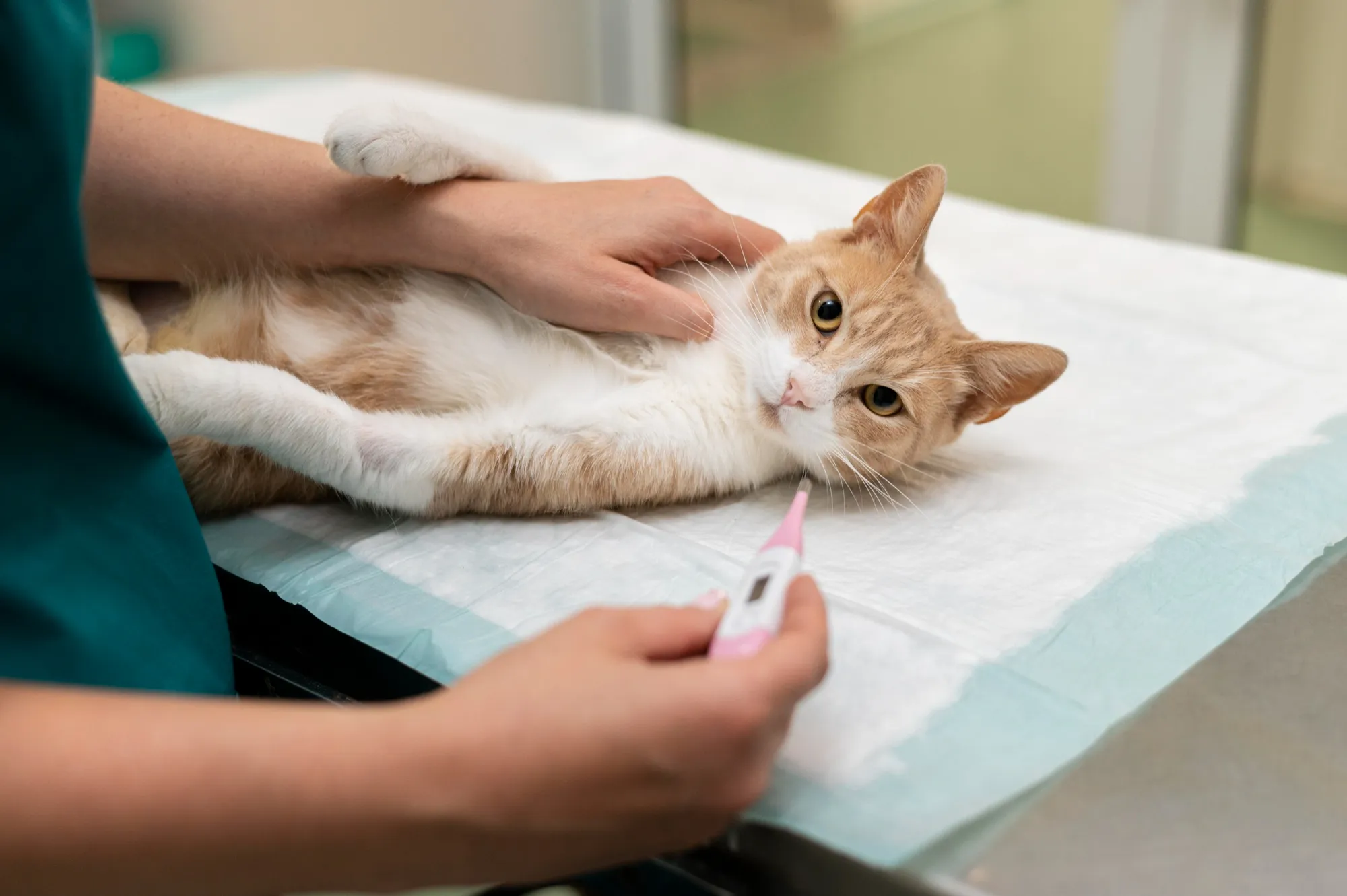A groundbreaking study conducted by an esteemed team of researchers at the Faculty of Veterinary Sciences, National University of La Plata, Argentina, and the National Research Council, Argentina, has brought new insights into the field of animal reproduction science. Published in Animal Reproduction Science, the study focuses on the effects of a novel oral indenopyridine, RTI-4587-073(l), on feline testicles, with promising implications for non-surgical contraception in male cats. (DOI: 10.1016/j.anireprosci.2019.03.014)
Keywords
1. Feline Contraception
2. RTI-4587-073(l) Effects
3. Male Cat Sterilization
4. Spermatogenesis Disruption
5. Seminiferous Epithelium
Abstract
The aim of this rigorous study was to meticulously chart out the seminal, histomorphological, and hormonal repercussions of the oral indenopyridine RTI-4587-073(l) on feline testicles. Clinical side effects were scrupulously monitored, providing a comprehensive assessment of the compound’s impact. Sixty testicles from 30 adult cats administered with RTI-4587-073(l) were evaluated at various points in time after treatment. Interestingly, this indenopyridine did not induce any changes in testicular weight, volume, echostructure, gonadosomatic index, or fecal testosterone concentrations, nor did it elicit clinical side effects. However, a transient disruption in spermatogenesis was observed, which self-corrected over time.
Introduction
The quest for effective and reversible methods of animal contraception has been a persistent challenge in the field of veterinary medicine. Traditional methods, such as surgical sterilization, while effective, can be invasive and pose risks associated with surgery. The promise of a non-surgical alternative could revolutionize the approach to population control in cats, offering a humane and less invasive method to address the pressing issue of feline overpopulation.
Methodology
The study utilized a sample of 30 adult cats, with a total of 60 testicles subjected to the administration of RTI-4587-073(l) at a dosage of 12.5 mg/kg. The cats underwent a series of hemiorchiectomies at predetermined time intervals ranging from six hours to 42 days post-treatment. Comprehensive evaluations, including gross and ultrasound examinations of the testes, took place before each hemiorchiectomy. Additionally, fecal samples were collected for testosterone measurement, offering insights into hormonal changes following treatment.
Results
No Clinical Side Effects or Changes in Testicular Metrics
There was no discernible alteration in testicular weight, volume, echostructure, gonadosomatic index, or fecal testosterone levels. This finding suggests a favorable safety profile for RTI-4587-073(l) with no immediate clinical concerns.
Histological Disruptions in Spermatogenesis
The cellular architecture within the seminiferous epithelium showed signs of severe disorganization, as early as six hours post-treatment, with the most pronounced effects at the 24-hour mark. This included the presence of sloughed cells and fluid accumulation. The tubular diameter increased significantly within the first 24 hours and then again on day 35.
Germinal Epithelium and Seminiferous Cell Component Changes
The germinal epithelium height reached its lowest point on day 14 but started to recover rapidly thereafter. There was also a notable decrease in the volume of all the seminiferous cell components, except for spermatogonias. By the end of the study period, all histological parameters had returned to normal, indicating a full recovery.
Discussion
The principal discovery of this study is the temporary but significant disruption in spermatogenesis induced by RTI-4587-073(l), which repaired itself by the end of approximately one spermatic cycle. This indicates the potential of the compound to serve as a non-surgical contraceptive agent, specifically its ability to impede sperm production temporarily without residual effects on testicular morphology or function.
This non-permanence is a critical factor, suggesting the potential for the compound to be used as a reversible contraceptive. Such a characteristic opens avenues for population control methods that can be subsequently reversed, should the need for progeny arise or circumstances change.
Conclusion
The study concludes that RTI-4587-073(l) starkly disrupts spermatogenesis during the initial 24 hours following the treatment, returning to normality within approximately one spermatic cycle. The absence of clinical side effects or changes in testicular metrics underscores the safety and efficacy of the compound as a non-surgical contraceptive agent for felines.
Future Directions
Further research is required to investigate the long-term impacts, potential reversibility, and ideal dosing regimens of RTI-4587-073(l). Such studies could involve larger populations of cats and diverse breeds to reinforce the initial findings and to address the broader applicability of this approach to feline contraception.
References
1. D’Francisco F. F., Merlo M., López M. L., Vercellini R. R., Blanco P, Barbeito C. C., & Gobello C. (2019). “Effect of the indenopyridine RTI-4587-073 (l) on feline testicle.” Animal Reproduction Science, 205, 10-17. DOI: 10.1016/j.anireprosci.2019.03.014
Ethical Considerations
The comprehensive welfare and ethical implications of using RTI-4587-073(l) as a contraceptive in felines should also be a focal point. This encompasses the potential impact of widespread non-surgical sterilization on feline behavior and the broader ecosystem.
Public Health and Policy Implications
Strategic implementation of non-surgical contraceptives could significantly aid in the management of stray and feral cat populations, potentially reducing the incidence of disease transmission and ecological impacts.
The research featured in the journal Animal Reproduction Science heralds a potential leap forward in animal welfare and public health, with RTI-4587-073(l) standing as a beacon of non-invasive fertility control in cats. Its application could be pivotal in addressing feline overpopulation humanely, effectively, and reversibly, representing a compassionate choice for animal caretakers and societies grappling with ecological balance and animal rights.
